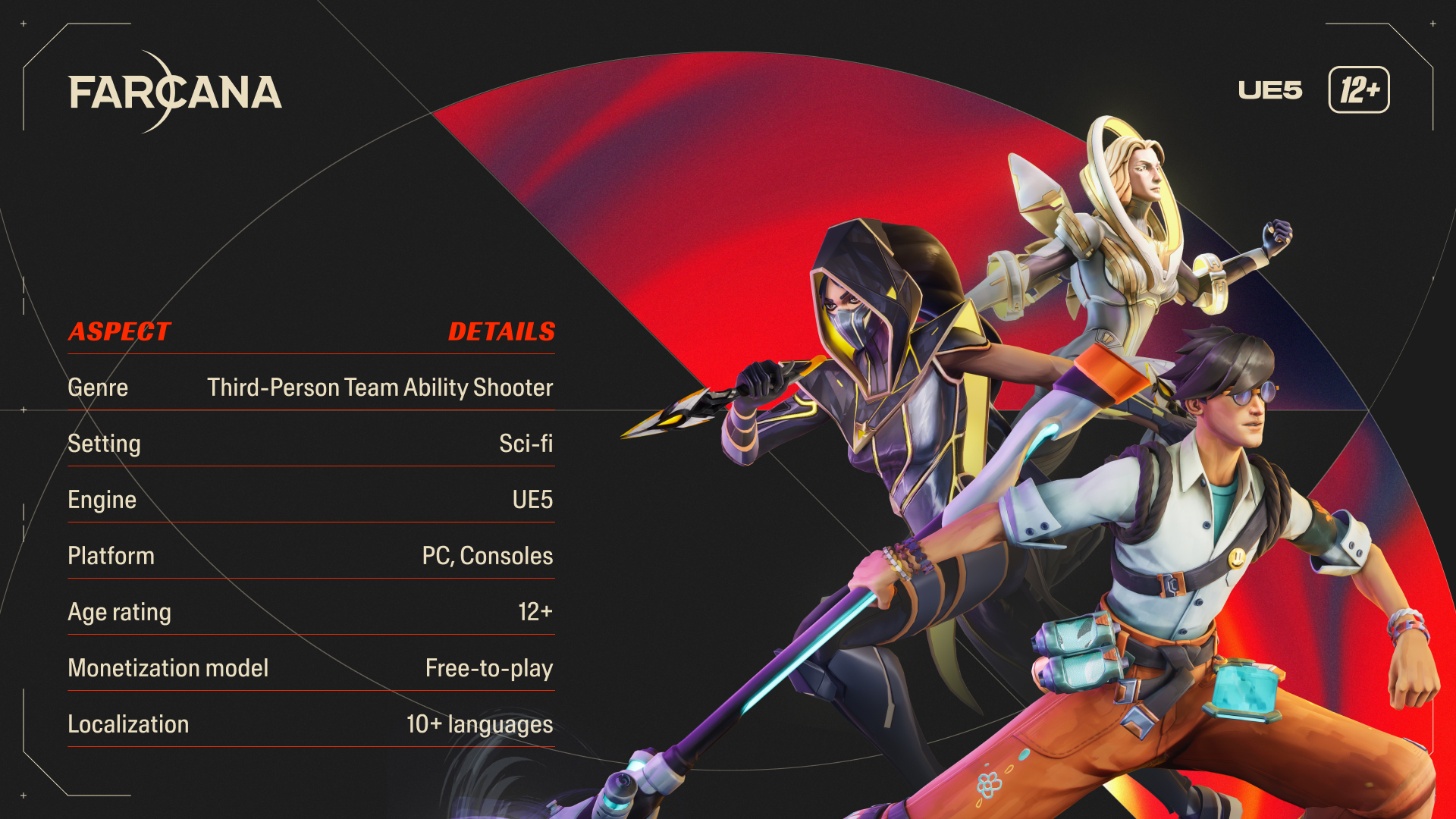KEY POINTS
- Categorizing games with the ‘Web3’ and ‘blockchain’ brand may keep off players who just want to have fun
- Developers should strike a balance between player earning opportunities and top-notch gameplay mechanics: Farcana’s Ödül Küçük
- He noted that the lack of regulatory clarity in the broader crypto space will ultimately affect Web3 gaming
- To make Web3 gaming a success, developers should focus on delivering the ‘immaculate’ experience to players, he said
Web3 gaming has been on a spectacular uptrend in recent months, as proven by continuing investments into Web3 games that bridge the Web2 gap. As interest in the blockchain segment continues to grow, challenges remain in terms of adoption, and for one industry expert, it could be related to the constant categorizing of games.
In an exclusive interview with International Business Times, Ödül Küçük, the Global Publishing Director for Bitcoin shooter game Farcana, shared his thoughts on the revolution in the gaming industry as triggered by the integration of blockchain technology.
Categories are a ‘Double-Edged Sword’
The emergence of Web3 games marked a catalyst for change in the traditional gaming sector that many hoped would drive broader digital asset adoption and onboarding into the blockchain space. While Web3 titles have indeed tapped into the vast hundred-billion-dollar gaming sector, mass adoption remains a vision.
For Küçük, who was the former publishing manager at Riot Games, the adoption issue may boil down to the new categories that emerged, including “blockchain gaming” and “Web3 gaming.” While he believes differentiating traditional games and blockchain games is important, “doing so can be a double-edged sword.”
He noted that categories like Web3 games do highlight the unique aspects of new-generation titles, including ownership of in-game assets and the ability to earn from playing. However, it could also present a problem in terms of adoption – a challenge that the Web3 space continues to grapple with.
Have you ever wondered, what exactly is a Web3 game, and how does it differ from a Web2 game?
Today, we’re breaking it down by comparing their:
1. System structure
2. Content ownership
3. Censorship pic.twitter.com/AnNIEzhZsV— Farcana (@FarcanaOfficial) August 28, 2024
“Some players might see ‘blockchain’ or ‘Web3’ and think, ‘Oh, no, this is too complex for me,’ which can be a problem. In that case, players focus more on the technology than the gameplay,” he argued. “Games should be fun and exciting for players – they shouldn’t be stressed about the technical side,” he added.
Enter Farcana, which the team simply describes as a “Bitcoin shooter.” Küçük noted that the team is focused on developing a competitive shooter while highlighting the game’s genre over Web3 or blockchain gaming. He said presenting Farcana as a Bitcoin shooter is “the best way” to pitch the game to players while still emphasizing that the title integrates cryptocurrency.
The Question on Play-to-Earn Games
Blockchain has paved the way for the stellar rise of play-to-earn (P2E) games. They have become increasingly popular due to their attractive features that come with “rewards.”
Küçük believes that if games begin highlighting the “earning” side of blockchain gaming “a bit too much,” players may start engaging “through obligation” instead of the enjoyment – the gaming industry’s core attribute. It could also affect the way developers think. “Developers might receive wrong feedback if a player base focuses on earning over the gameplay experience and prioritizes additional earning opportunities over better mechanics,” Küçük pointed out.
He believes P2E games will thrive when developers learn to strike a balance by creating titles that highlight engaging gameplay and fair earning mechanics. A good balance between the two aspects will not only increase player retention, but also ensure that the game lasts for a long time, he said.
Bridging the Web2—Web3 Gap
The gap between Web2 and Web3 remains large. Many have come, but many have gone. Player retention is already a challenge that some traditional games still struggle with, and with blockchain integration, adoption is an added challenge.
Küçük noted that most gamers don’t usually focus on the technology underlying a game. Instead, they are in search of a fun and immersive game. He acknowledged that there will always be players who want to know “what’s under the hood, but this will forever be a niche group that isn’t sustainable to market toward.”
Muaddi is one of the most intriguing characters in @FarcanaOfficial.
Two people trapped in a single body, she’s a versatile disruptor with unmatched mobility.
She also has two combat modes. One for close range and another for long.
She is sure to be a fan favorite! pic.twitter.com/yEivXhnJns
— Spike 💫 (@SpikeCollects) July 27, 2024
At the end of the day, the majority want to have fun. “If developers focus too much on the Web3 ‘technology side of things, they risk alienating a massive player base that simply won’t be interested,” Küçük said.
To close the gap, developers should consider focusing on delivering games that highlight “genre rather than tech,” wherein games are pitches as they are, instead of their “capabilities.”
“Games are games, period. For closing this gap in between, companies should focus on developing great games, not the NFTs (non-fungible tokens) they are going to sell,” Küçük reiterated.
The Impact of a Lack of Regulatory Clarity
Aside from the Web2 gap that continues to haunt the burgeoning segment, there’s also the matter of regulation – a major issue in the broader cryptocurrency board.
Küçük believes Web3 games will ultimately be affected – both players and developers. While players will display hesitance in investing their time and resources into unregulated assets, developers may face barriers in pushing technological boundaries unless regulations catch up.
“Right now, it seems that regulatory groups have a hard time understanding cryptocurrencies at a deeper level than Bitcoin – how would they regulate NFTs and other in-game collectibles?” Küçük pointed out.
He believes there should be a uniform framework in regulating Web3 games. After all, Web3 is a global space, and regulations in a single jurisdiction may not work in another. Unless a uniform global framework is established, developers in some areas may face hurdles in promoting or releasing their new titles.
The Future of Web3 Gaming
As with other new technologies, mass adoption will not happen in the blink of an eye. For Küçük, a great gameplay with great features that retain player bases over long periods is key.
“Successful Web3 games should be so seamless that players don’t even notice what’s happening underneath. That’s how traditional games work, and for Web3 to be seen that way, developers need to focus on creating an immaculate gaming experience,” he said.
When the Web3 gaming industry sees at least five million monthly active users over several months, it can spell a successful future for the segment since it will indicate that gamers are enjoying the experience, Küçük said.
Farcana is a multiplayer team-based third-person immersive shooter that allows players to earn Bitcoin. The team raised $10 million in seed funding in December from some of the biggest investors, including Animoca Brands and Polygon Ventures.







